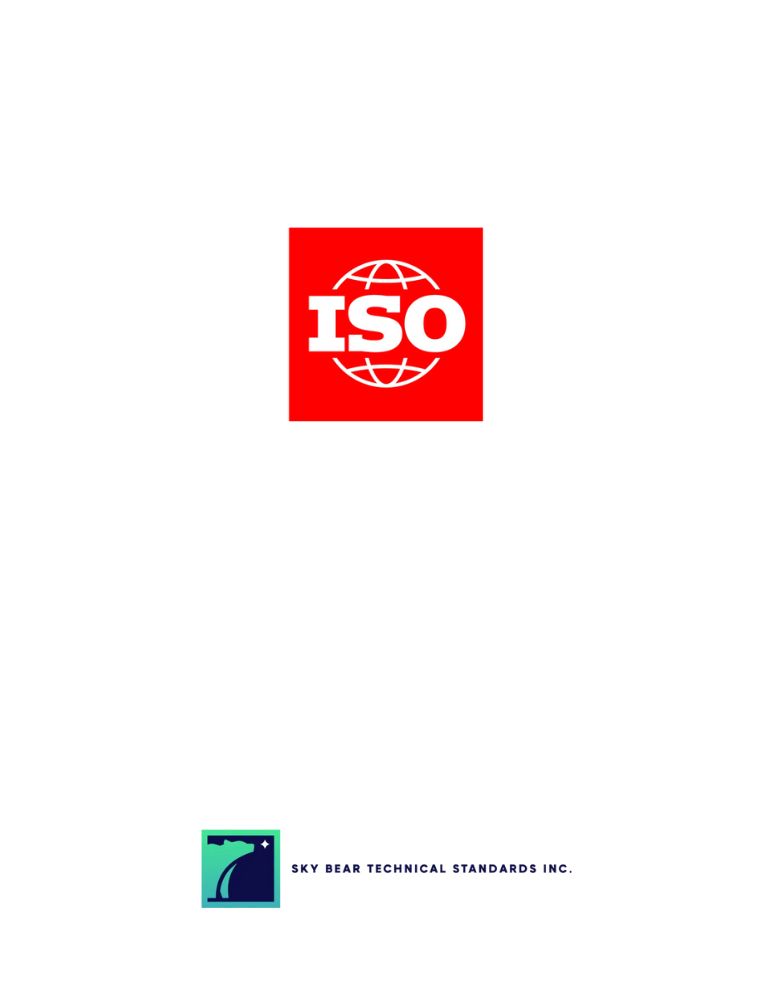Your cart is currently empty!

ISO 5817:2023
ISO 5817:2023 Welding – Fusion-welded joints in steel, nickel, titanium and their alloys (beam welding excluded) – Quality levels for imperfections
CDN $233.00
Description
This document specifies quality levels of imperfections in fusion-welded joints (except for beam welding) in all types of steel, nickel, titanium and their alloys. It applies to material thickness ≥ 0,5 mm. It covers fully penetrated butt welds and all fillet welds. Its principles can also be applied to partial-penetration butt welds.
Quality levels for beam-welded joints in steel are presented in ISO 13919-1.
Three quality levels are given in order to permit application to a wide range of welded fabrication. They are designated by symbols B, C and D. Quality level B corresponds to the highest requirement on the finished weld.
Several types of loads are considered, e.g. static load, thermal load, corrosion load, pressure load. Additional guidance on fatigue loads is given in Annex B.
The quality levels refer to production and good workmanship.
This document is applicable to:
a)       non-alloy and alloy steels;
b)       nickel and nickel alloys;
c)        titanium and titanium alloys;
d)       manual, mechanized and automatic welding;
e)       all welding positions;
f)         all types of welds, e.g. butt welds, fillet welds and branch connections;
g)       the following welding processes and their sub-processes, as defined in ISO 4063:
–¬†¬†¬†¬† 11 metal arc welding without gas protection;
–¬†¬†¬†¬† 12 submerged arc welding;
–¬†¬†¬†¬† 13 gas-shielded metal arc welding;
–¬†¬†¬†¬† 14 gas-shielded arc welding with non-consumable tungsten electrode;
–¬†¬†¬†¬† 15 plasma arc welding;
–¬†¬†¬†¬† 31 oxyfuel gas welding (for steel only).
Metallurgical aspects, such as grain size and hardness, are not covered by this document.
Edition
4
Published Date
2023-02-24
Status
PUBLISHED
Pages
26
Format 
Secure PDF
Secure – PDF details
- Save your file locally or view it via a web viewer
- Viewing permissions are restricted exclusively to the purchaser
- Device limits - 3
- Printing – Enabled only to print (1) copy
See more about our Environmental Commitment
Abstract
This document specifies quality levels of imperfections in fusion-welded joints (except for beam welding) in all types of steel, nickel, titanium and their alloys. It applies to material thickness ≥ 0,5 mm. It covers fully penetrated butt welds and all fillet welds. Its principles can also be applied to partial-penetration butt welds.
Quality levels for beam-welded joints in steel are presented in ISO 13919-1.
Three quality levels are given in order to permit application to a wide range of welded fabrication. They are designated by symbols B, C and D. Quality level B corresponds to the highest requirement on the finished weld.
Several types of loads are considered, e.g. static load, thermal load, corrosion load, pressure load. Additional guidance on fatigue loads is given in Annex B.
The quality levels refer to production and good workmanship.
This document is applicable to:
a)       non-alloy and alloy steels;
b)       nickel and nickel alloys;
c)        titanium and titanium alloys;
d)       manual, mechanized and automatic welding;
e)       all welding positions;
f)         all types of welds, e.g. butt welds, fillet welds and branch connections;
g)       the following welding processes and their sub-processes, as defined in ISO 4063:
-     11 metal arc welding without gas protection;
-     12 submerged arc welding;
-     13 gas-shielded metal arc welding;
-     14 gas-shielded arc welding with non-consumable tungsten electrode;
-     15 plasma arc welding;
-     31 oxyfuel gas welding (for steel only).
Metallurgical aspects, such as grain size and hardness, are not covered by this document.
Previous Editions
Can’t find what you are looking for?
Please contact us at:
Related Documents
-

ISO 17639:2022 Destructive tests on welds in metallic materials – Macroscopic and microscopic examination of welds
CDN $115.00 Add to cart -

ISO 14347:2008 Fatigue – Design procedure for welded hollow-section joints – Recommendations
CDN $351.00 Add to cart -

ISO 4761:2022 Non-destructive testing of welds – Phased array ultrasonic testing (UT-PA) for thin-walled steel components – Acceptance levels
CDN $115.00 Add to cart -

ISO 9692:2024 Welding and allied processes – Joint preparation – Part 2: Submerged arc welding of steels
CDN $115.00 Add to cart







